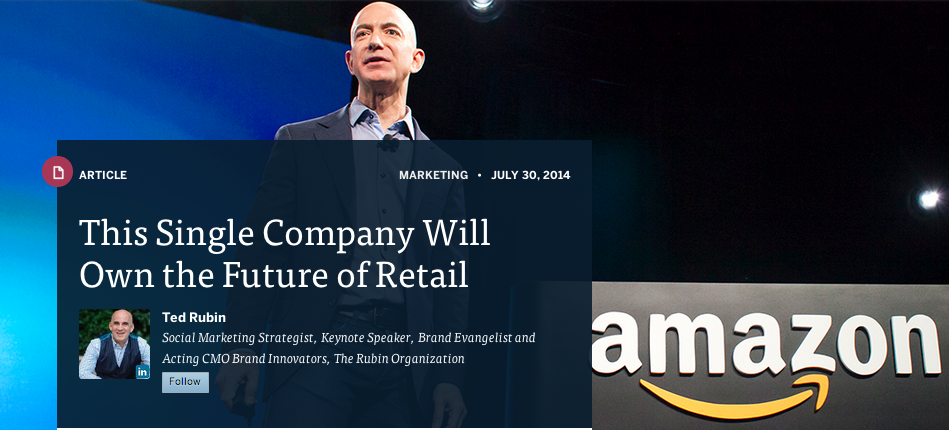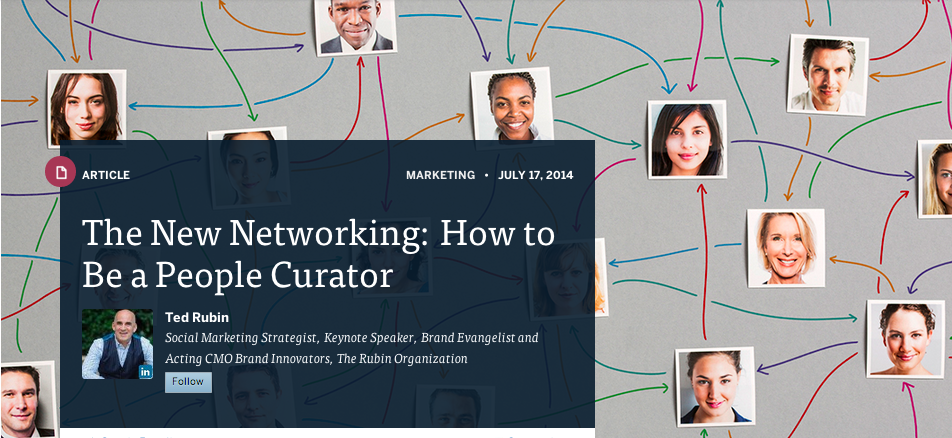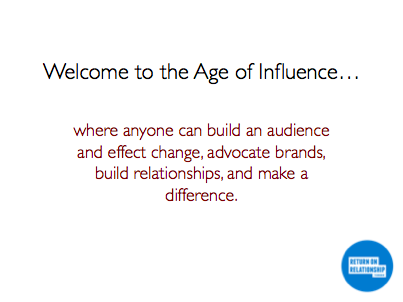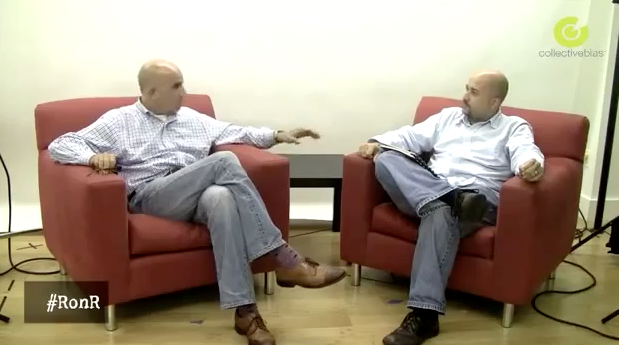In recent times several marketing and communications gurus have declared “Marketing is dead.” Indeed, many of the traditional channels for marketing, such as advertising, direct mail and cold calling, have lost much of their effect and impact. However, as long as there are businesses offering meaningful products and services, there will always be a need for marketing that communicates their value. Traditional marketing methods might be floundering, but new marketing that centers on communication is gaining traction. Marketing isn’t dead….it’s just different. Here are the important changes you need to make to modernize your marketing in order to stay alive and thriving.
Seek to Be Found
Interruption marketing is a thing of the past. Consumers have become immune to the deluge of “buy now” messaging that crosses their path hundreds of times throughout their day. Before the internet, consumers followed a different path to purchasing. They saw an ad and often sought information and opinions from close and trusted sources like friends and family. Vendors or businesses may have also been researched through the yellow pages or another printed directory, and sales resources were contacted for information before a purchase was made. Except for the friends and family part, much of that has been thrown out the window. Now the majority of consumers do their research on the internet before making their purchase—beginning with social channels to ask friends, colleagues and peers for advice. Sales reps aren’t called until much later in the buying cycle—after most of the research is already done. Businesses must now strive to be found in searches and provide relevant information to socially-connected seekers in order to influence buying decisions.
No More Marketing to the Masses
The one-size-fits-all broadcast messaging now falls predominantly on deaf ears. With today’s digitally savvy consumers, businesses must now communicate on a personal level with messaging that is customized to the buyer. As soon as prospects enter your buying funnel, you should know who they are and where they are in the buying process. From that moment on, their email communications and website visits should be customized to reflect what you already know. Consumers expect socially integrated communications and cross-media campaigns that are tailored to their needs.
Look for Ways to Communicate Value Instead of Selling
Today’s consumers have a near insatiable need for information, and successful brands are filling that need by concentrating on educating and informing. Instead of selling, they highlight their expertise and the value of their products and services through multidimensional communications that feature videos, content-rich websites, social media streams, informational blogs, educational eBooks, and compelling infographics. The key is to keep your focus on your buyers’ needs. Do more listening on a variety of social channels. Make it easy for people to converse with you and share your content. Stop pushing for the close, and start delivering value at every touch point.
Converse to Convert
This is the most difficult transition facing marketers today. The digital/social transformation is forcing brands to transition from “Convince and Convert” to “Converse and Convert,” so today’s marketing and communications need to be a two-way street between businesses and prospects, from the top of the funnel all the way down. When you can make the mind-set switch from marketing as advertising to marketing as conversation, all kinds of doors open up for building and nurturing relationships that result in more conversions, loyalty and advocacy. Including the huge opportunity of employee advocacy. I like to say… Empower you Employees and they will Power your Brand.
Remember, there will always be a need for marketing that creates, delivers and communicates value to customers. Marketing isn’t dead. It’s just different, and what has changed is the method by which we communicate that value. So goodbye interruption, and hello conversation—it’s here to stay. Most importantly, being involved in those conversations is key to differentiating ourselves from the competition because it allows us to be ready to surprise and delight our customers no matter where they are in the buying process.
Originally posted at InsideCXM JUNE 30, 2014 BY TED RUBIN






